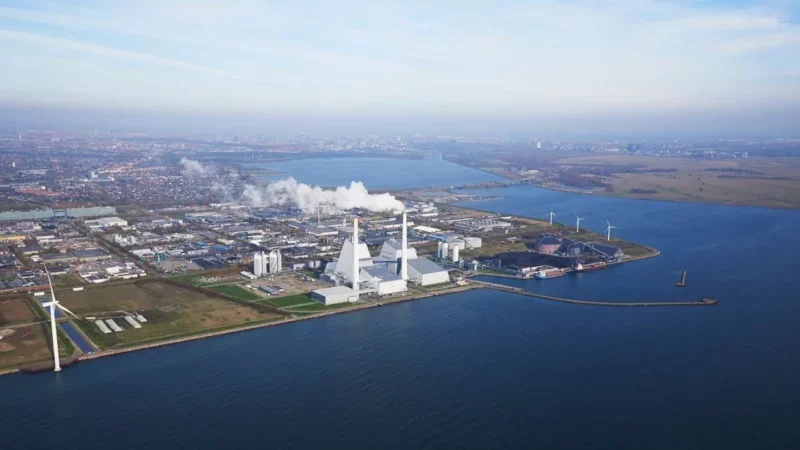Renewable hydrogen and other e-fuels produced from offshore wind can make Europe more self-sufficient in energy, according to an Ørsted report.
The global wind power giant suggests there is a “need for speed” in scaling up the green transformation across the continent as the energy crisis, compounded by Russia’s invasion of Ukraine, continues to squeeze European economies.
“The solutions to the objectives of reducing our energy dependence and mitigating climate change are the same: replace fossil fuels with renewables, directly and indirectly electrify energy use – and use energy as efficiently as possible,” writes Ørsted CEO Mads Nipper , in the report’s foreword.
“We were already doing this. But the new energy crisis shows the need for even greater speed. Both to secure Europe’s energy supply and to help keep the global temperature increase below 1.5°C by 2100,” he goes on to write.
Power-to-X, coupled with a historic expansion of renewable energy generation from offshore wind, the company argues, can help facilitate and accelerate this objective – but requires an updated approach to renewable energy deployment.
“The term Power-to-X refers to the conversion of electricity into something else,” says Magnus Hornø Gottlieb, a senior advisor at Ørsted.
“It enables you to produce fuel or other energy carriers that have characteristics that electricity doesn’t. For instance, directly electrifying heavy transportation is difficult as batteries are bulky, so sustainable fuels can be used. And in industrial purposes, for which you need high-temperature heating or specific feed stocks commonly provided by fossil fuels, you can use power-to-X,” he adds.
Specifically, the report recommends European decision-makers work on the “four A’s”, key areas that will drastically expand offshore wind energy and power-to-X technologies, suggesting that these targets have the potential to displace energy equivalent to about two-thirds of current Russian gas imports by 2035.
The first “A” is to accelerate deployment by streamlining permitting procedures and ramping up supply chain investment, while the second recommends allocating space for projects by tendering multiple sites simultaneously and identifying new areas on top of current spatial plans.
The third is to activate the industry to allow and deliver on innovative solutions to the energy crisis, giving more responsibility to developers over governments, which will drive a focus on societal value creation in the selection and permitting processes.
“Activating the industry is the recommendation for which we have the largest role to play, and we hope to mobilise industrial competition on how best to settle all of these challenges,” Gottlieb explains, adding that “instead of awarding renewable energy projects based on price, we need to have developers compete on what they can do for the local community, skills and jobs, biodiversity, and trying to integrate that into future tenders.”
“With renewable energy now the cheapest source of new energy generation in most parts of Europe, increasing the share of sun and wind in the energy mix can have far-reaching positive impacts on local communities – if governments seize that opportunity,” adds Gottlieb.
The report’s fourth recommendation is to appoint a role for renewable hydrogen and e-fuels by designing a robust framework and enabling policies that will send the right demand signals to the industry.
Currently, the report says, European hydrogen is produced largely from steam methane reforming, with 35% of the gas required imported from Russia.
But hydrogen can be created with renewable energy and offshore wind has the highest capacity factor of renewable technologies, so may allow hydrogen facilities to run electrolysers also at high-capacity factors.
Ørsted argues that offshore wind is therefore best placed for building out renewable hydrogen, which in turn can build out power-to-X.
“This technology introduces more flexible demand in the system where we can ramp up our production of hydrogen or turn it down to correspond with fluctuating wind and solar supply,” says Gottlieb.
“Tapping into the offshore wind potential to produce renewable hydrogen is really a no-brainer in the long term – we simply cannot achieve a green transformation without it.”
This post was sponsored by Orsted. See our editorial guidelines for what this means.
